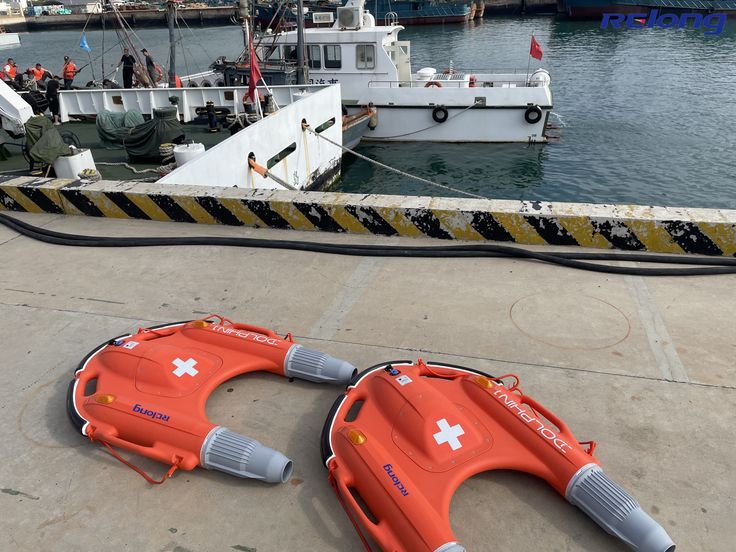As a lifeguard, being prepared for emergencies is paramount. Your role is not only to ensure the safety of swimmers but also to act quickly and effectively in case of an injury or medical emergency. Here are some essential first aid tips every lifeguard should know:

1. Understand CPR Techniques
Cardiopulmonary resuscitation (CPR) is a lifesaving technique used in emergencies when someone’s heartbeat or breathing has stopped lifeguard. Lifeguards should be trained in both adult and pediatric CPR techniques. Key points to remember include:
- Check Responsiveness: Tap the person and shout to see if they respond.
- Call for Help: If unresponsive, shout for help or send someone to call emergency services.
- Start CPR: If the person is not breathing or only gasping, start chest compressions immediately (30 compressions followed by 2 rescue breaths).
Regular practice of CPR techniques is essential to maintain proficiency.
2. Recognize and Respond to Drowning
Drowning can occur quickly and silently. Signs of distress may include:
- Struggling to stay afloat
- Gasping for air
- Head low in the water, with mouth at water level
In case of a drowning incident:
- Signal for Assistance: Call for additional help immediately.
- Perform Rescue: Depending on the situation, use a rescue tube or reach with an object. Avoid jumping in if it puts you at risk.
- Provide First Aid: After retrieval, check for breathing. If necessary, begin CPR and use an AED (Automated External Defibrillator) if available.
3. Treat Cuts and Scrapes
Minor injuries like cuts and scrapes are common at pools and beaches. Here’s how to treat them:
- Wash Hands: Always start by washing your hands to prevent infection.
- Clean the Wound: Rinse the area gently with clean water. Remove any debris if necessary.
- Apply Antiseptic: Use an antiseptic wipe or solution to disinfect the area.
- Dress the Wound: Cover with a sterile bandage or dressing to protect it from further injury.
4. Manage Heat-Related Illnesses
Hot weather can lead to heat exhaustion or heatstroke, especially for lifeguards who spend long hours outdoors. Watch for signs such as:
- Heavy sweating
- Dizziness or lightheadedness
- Nausea
Response:
- Move the affected person to a cooler place.
- Remove any excess clothing and apply cool, wet cloths.
- Encourage the person to drink water or an electrolyte drink if they are conscious.
5. Handle Allergic Reactions
Lifeguards often encounter individuals with allergies, especially to insects or certain foods. If someone is experiencing an allergic reaction:
- Identify Symptoms: These may include hives, swelling, difficulty breathing, or anaphylaxis.
- Administer an EpiPen: If the person has an epinephrine auto-injector and is unable to do it themselves, assist them in using it.
- Call Emergency Services: Always seek professional medical help after administering an EpiPen, even if symptoms appear to improve.
6. Stay Calm Under Pressure
In emergencies, staying calm is crucial. Your ability to think clearly and act quickly can make a significant difference in the outcome. Practice mindfulness techniques and stress management strategies to enhance your focus and calmness.
7. Know Your Emergency Action Plan
Every facility should have a well-defined emergency action plan (EAP). Familiarize yourself with your EAP, which should include:
- Emergency contact numbers
- Locations of first aid kits and AEDs
- Procedures for various emergency scenarios
Regular drills and training sessions will help reinforce these procedures, ensuring that everyone knows their roles and responsibilities.
Conclusion
As a lifeguard, your preparedness can save lives. Regular training in first aid and emergency response techniques will equip you with the skills necessary to handle various situations confidently. Remember, being proactive and knowledgeable can make a significant difference when it matters most. Stay vigilant, keep practicing your skills, and always prioritize the safety of those around you.
